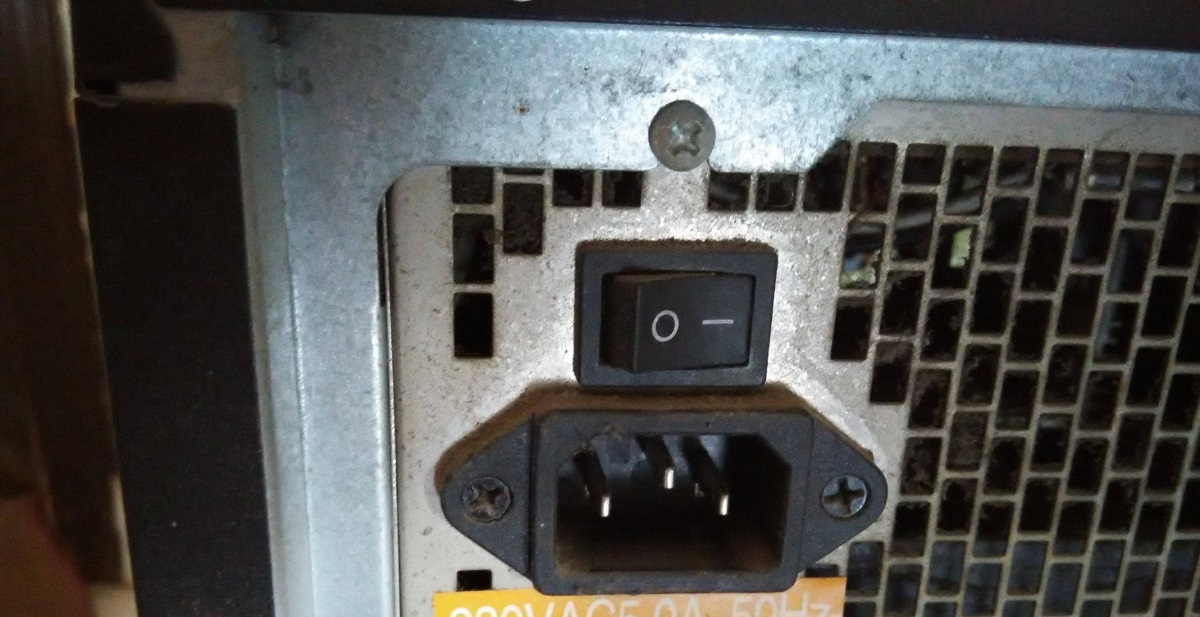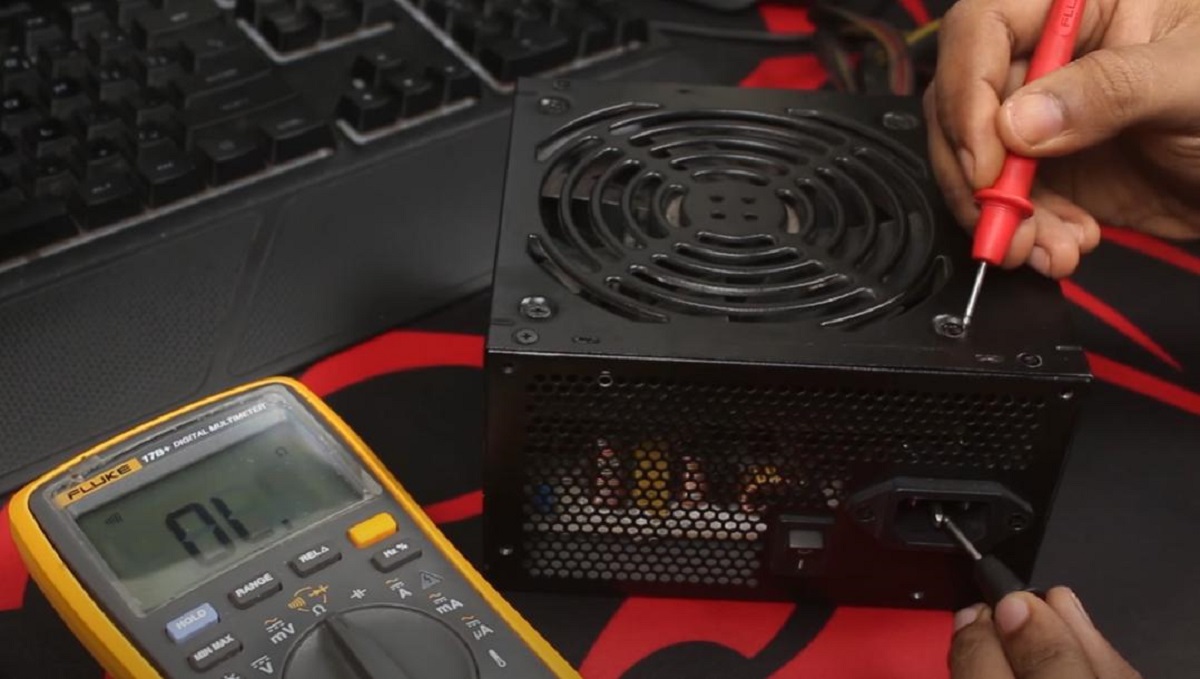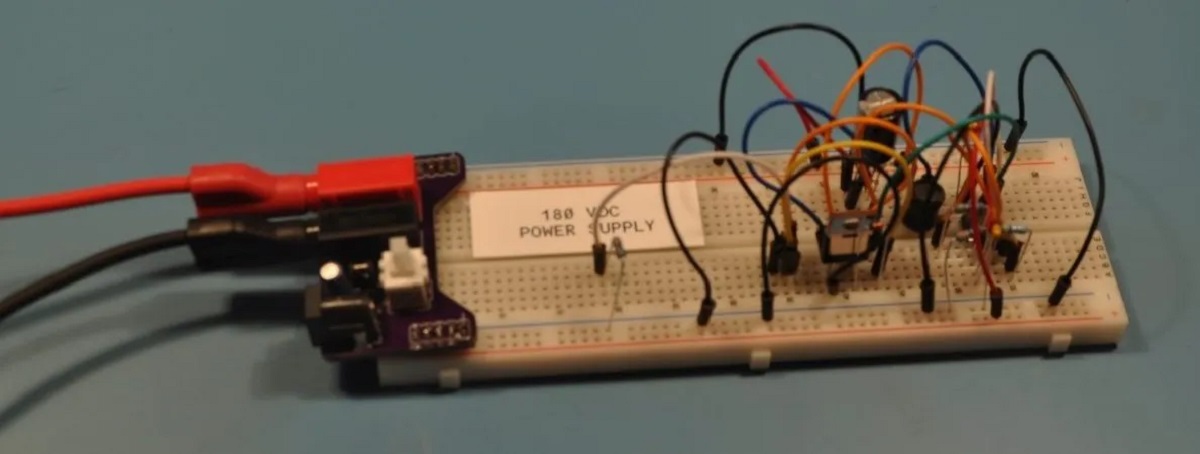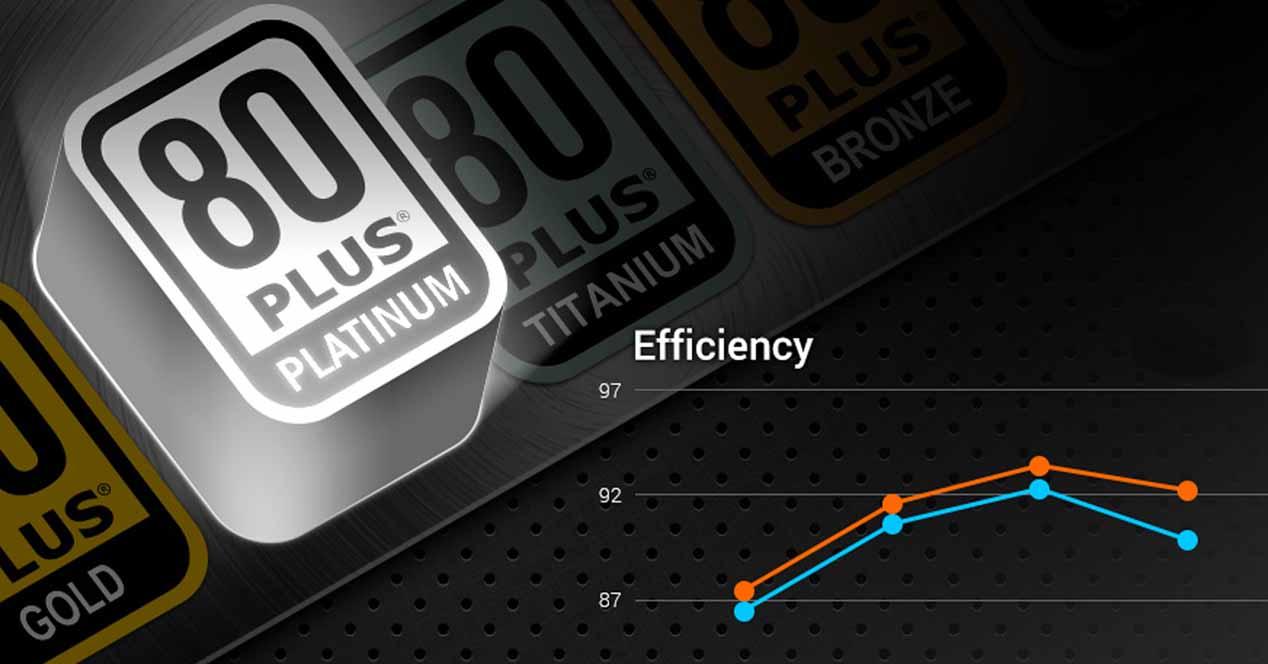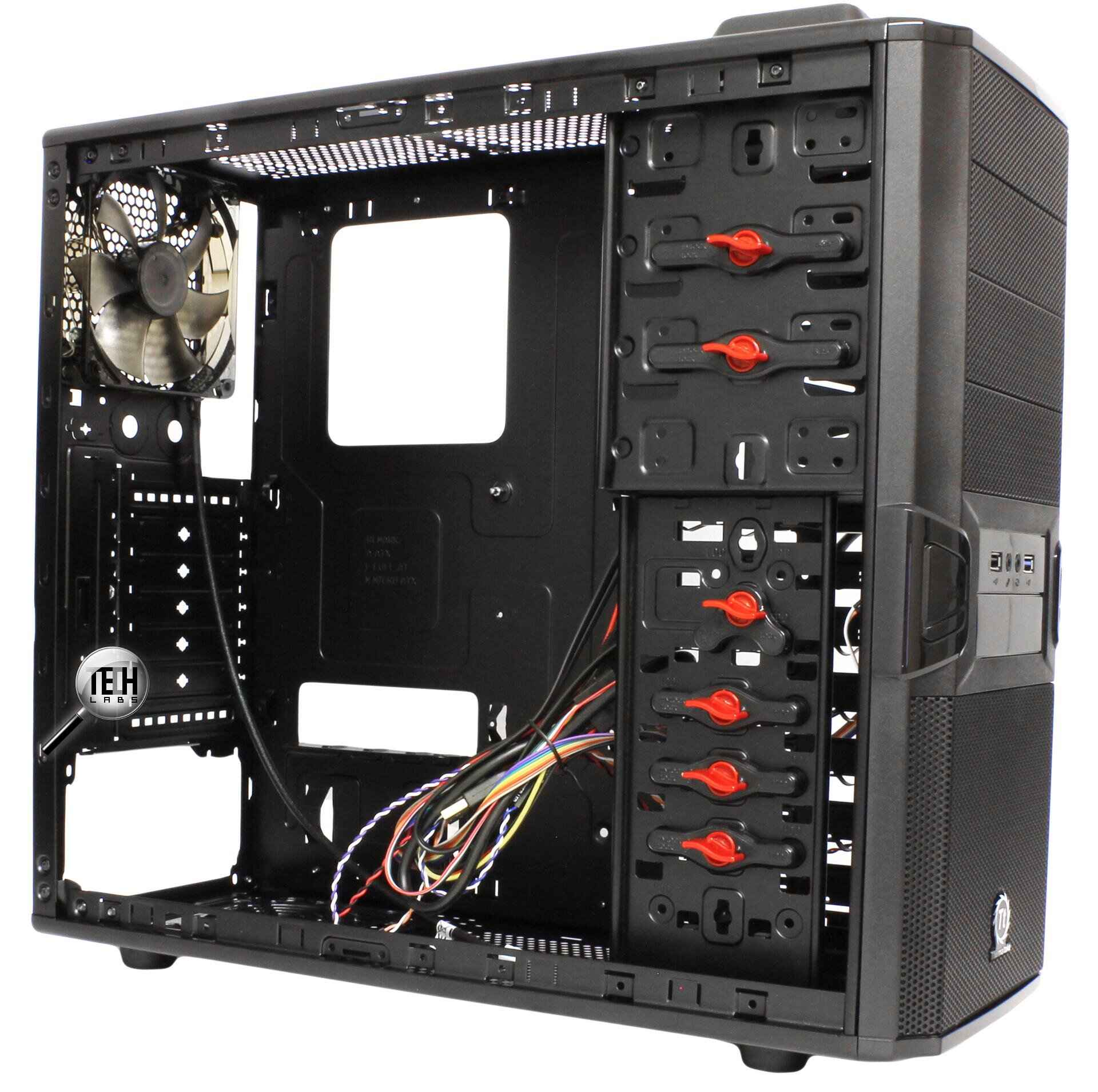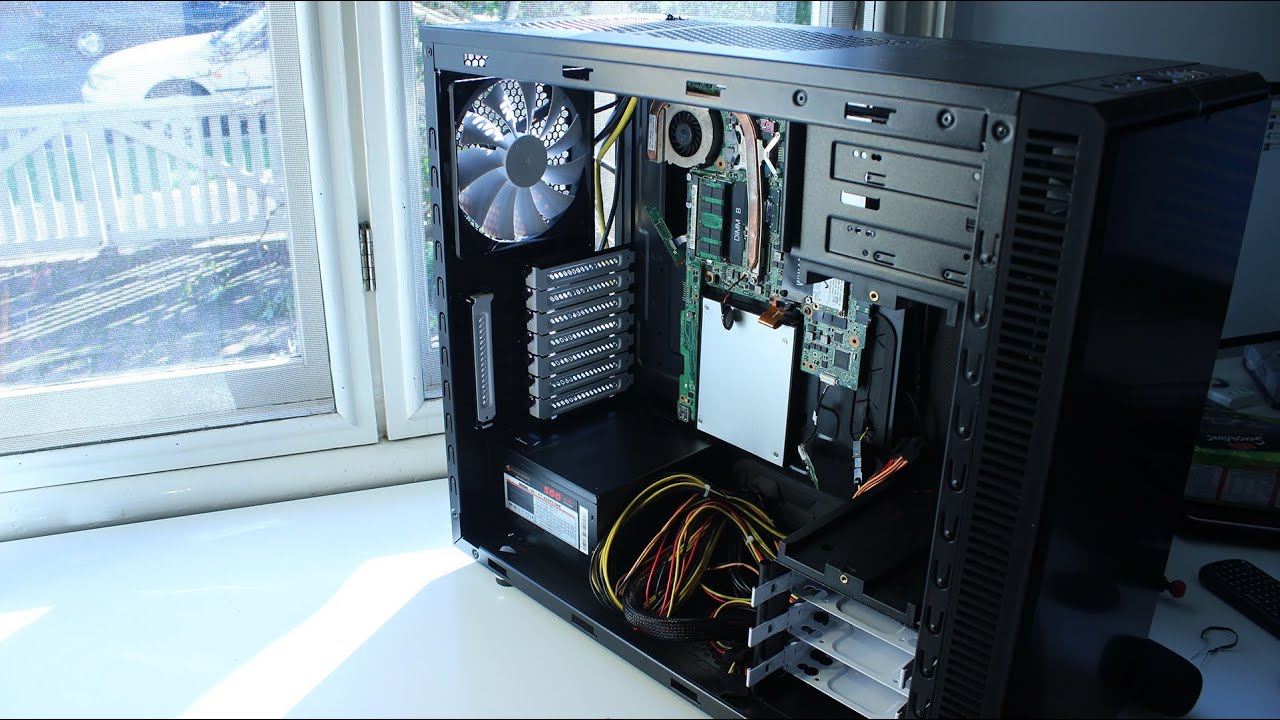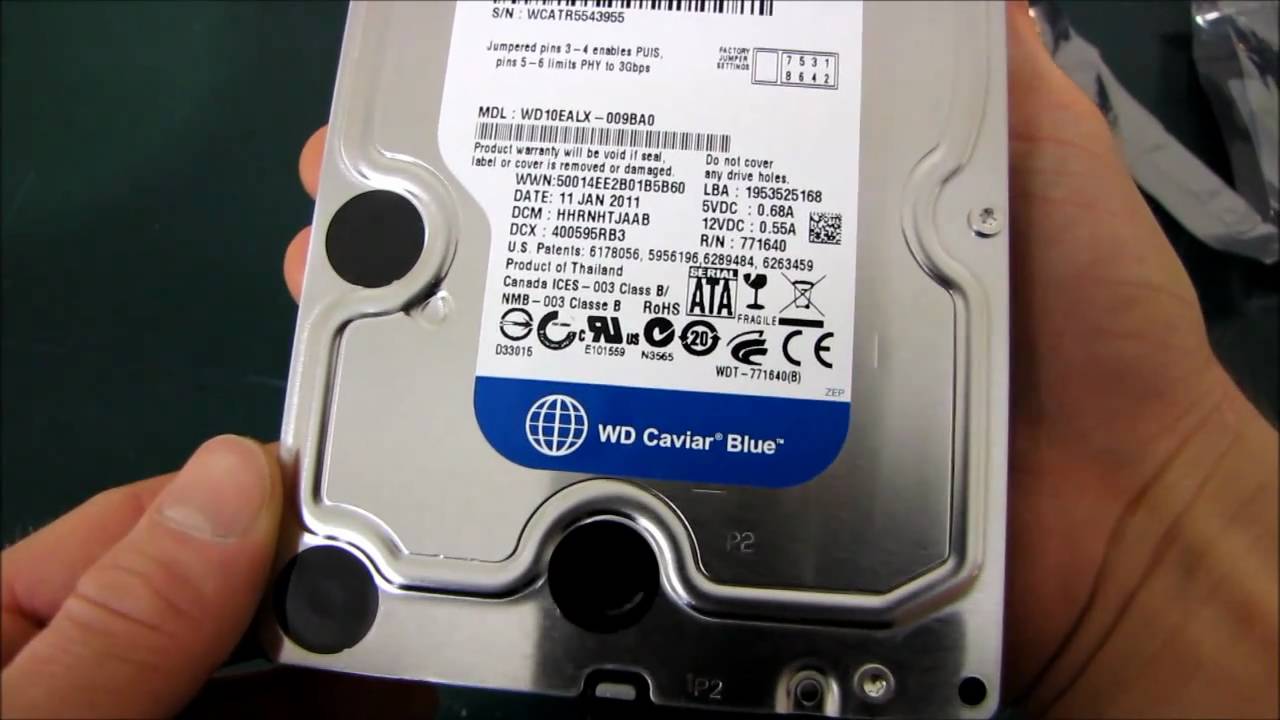Introduction
When it comes to computer hardware, one component that plays a crucial role in powering the system is the PSU, or Power Supply Unit. The PSU is responsible for converting the electrical input from the wall outlet into the appropriate voltages required by the components in your computer. It is an essential part of any computer setup, as without it, your system wouldn’t be able to function properly.
However, many people are often confused by the different symbols on a PSU, especially the ones that indicate the power on and off functionalities. Understanding these symbols is important, as it allows you to easily identify the status of your PSU, whether it is powered on or off. In this article, we will dive deeper into the various symbols used to represent the power on and off functions on a PSU, so you can confidently navigate your computer system.
By the end of this article, you’ll have a clear understanding of the different power symbols on a PSU and be able to distinguish which symbol indicates the off state.
What is a PSU?
A PSU, or Power Supply Unit, is an essential component of a computer system. It is responsible for converting the AC power from the wall outlet into the DC power needed by the computer’s internal components. The PSU ensures a steady and reliable power supply to all the hardware, including the motherboard, CPU, GPU, and various peripherals.
The PSU typically consists of several connectors that supply power to different components within the computer. These connectors include the ATX 24-pin connector, CPU power connectors (4-pin or 8-pin), SATA power connectors, and PCIe connectors for powering high-end graphics cards.
PSUs come in various wattage capacities to meet the power requirements of different computer setups. It is crucial to choose a PSU that can deliver sufficient power to all the components in your system to ensure stability and avoid any issues due to insufficient power.
In addition to supplying power, PSUs also offer several essential features, such as overvoltage protection, overcurrent protection, and short circuit protection. These safety measures help protect your computer hardware from damage in the event of power fluctuations or system faults.
PSUs can be divided into two main types: non-modular and modular. Non-modular PSUs have fixed cables, meaning all the required connectors are built into the PSU and cannot be removed or added. On the other hand, modular PSUs offer detachable cables, allowing users to connect only the necessary cables for their specific setup, resulting in better cable management and improved airflow within the system.
Overall, the PSU is a crucial component that ensures your computer receives the necessary power to function efficiently and reliably. Understanding its role and features is essential when choosing the right PSU for your computer system.
Power on and off symbols
Power on and off symbols on a PSU are graphical representations that indicate whether the power to the PSU is turned on or off. These symbols are typically located on the power switch or near the power connectors of the PSU.
Traditionally, the power on symbol is represented by a circle with a vertical line inside, resembling a 1, while the power off symbol is a circle with a vertical line inside and a smaller horizontal line crossing the vertical line towards the top, resembling a 0. These symbols are universally recognized and used on various electronic devices to indicate their power status.
The power on symbol signifies that the power supply is receiving an electrical input and is ready to deliver power to the components in the computer system. When the power on symbol is illuminated or present on the PSU, it indicates that the PSU is providing power to the computer, allowing it to function.
On the other hand, the power off symbol indicates that the power supply is not providing any power to the computer system. When the power off symbol is illuminated or present on the PSU, it means that the PSU is in a standby mode or completely turned off, ensuring that no power is being supplied to the system.
It is important to note that the power on and off symbols may vary slightly in design or placement depending on the manufacturer or PSU model. While the traditional “1” and “0” symbols are commonly used, some manufacturers may opt for alternative designs that still convey the same meaning.
To ensure the correct interpretation of power on and off symbols on your specific PSU, it is recommended to refer to the user manual or documentation provided by the manufacturer. This will help you understand the exact symbol used and its location on the PSU, allowing you to easily identify the power status of your computer.
Now that we have a general understanding of power on and off symbols, let’s explore how these symbols may differ on different PSUs in the next section.
Understanding the power symbols on a PSU
When it comes to understanding the power symbols on a PSU, it is important to consider the different variations that manufacturers may use. While the traditional power on and off symbols are widely recognized, there may be slight differences or additional indicators that provide more information about the power status.
On some PSUs, you may find additional symbols or text that indicate different power modes or statuses. For example, a standby symbol may be present, which signifies that the PSU is in a low-power mode and ready to power on when needed. This is commonly represented by a crescent moon symbol.
Some PSUs also come equipped with RGB lighting features that can be customized. In these cases, the power symbols may be illuminated in different colors to indicate the power status. For instance, a green light may suggest that the PSU is powered on and functioning normally, while a red light could indicate an error or problem with the power supply.
Another important aspect to consider is the placement and labeling of the power symbols on the PSU. While most PSUs have the symbols near the power switch or connectors, the exact location and labeling may vary. Some PSUs may have the symbols etched onto the surface of the PSU, while others may be labeled with text explicitly indicating “on” or “off.”
To ensure a clear understanding of the power symbols on your PSU, it is advisable to carefully review the user manual or documentation provided by the manufacturer. This will provide detailed information about the symbols used and their specific interpretation for your PSU model.
Understanding the power symbols on your PSU is vital for proper operation and troubleshooting. It allows you to easily identify the power status, ensuring that your computer system is receiving power when needed and properly powered off when not in use.
Now that we have explored the different power symbols and their variations, let’s determine which symbol indicates the off state on a PSU.
Different power symbols on different PSUs
While the traditional power on and off symbols are widely used on PSUs, it’s important to remember that there can be variations in the symbols used by different manufacturers. These variations may include different designs, colors, or additional indicators to represent the power status.
Some PSU models may use alternative symbols to indicate the power on and off states. For example, instead of a circle with a vertical line, a power on symbol might be represented by a triangle pointing upwards, while a power off symbol may be represented by a triangle pointing downwards. These alternative symbols are still designed to convey the same meaning as the traditional symbols.
In addition to visual symbols, some PSUs incorporate text labels to provide clarity regarding the power status. These labels may include phrases such as “on” and “off,” or “power” and “standby” to clearly indicate the current mode of the PSU.
Furthermore, certain PSUs feature LED indicators that illuminate to indicate the power status. These LEDs may be color-coded, with green indicating the power on state and red indicating the power off state. Some PSUs may also use blinking or pulsating LED patterns to indicate different power modes or errors.
The different power symbols on PSUs can also vary based on the specific model or series. Each manufacturer may have its own unique design or labeling system, creating a distinct visual representation for the power on and off states.
It’s important to consult the user manual or documentation provided by the manufacturer for your specific PSU model to understand the power symbols used and their interpretation. The manual will provide clear instructions on how to identify the power status of your PSU accurately.
Remember, while the power symbols may differ, their purpose remains the same – to indicate whether the PSU is powered on or off. Understanding the symbols specific to your PSU model and their meaning will allow you to easily determine the power status of your computer system.
Now that we have explored the differences in power symbols on different PSUs, let’s identify which symbol specifically indicates the off state on a PSU.
Which symbol means off on a PSU?
Among the various power symbols on a PSU, it is important to identify which symbol specifically indicates the off state. This knowledge can be valuable when troubleshooting or powering down your computer system.
Typically, the symbol that represents the power off state on a PSU is a circle with a vertical line inside and a smaller horizontal line crossing the vertical line towards the top. This symbol resembles a numeric zero (0) and is widely recognized as the power off indicator.
When the PSU is in the off state, this symbol may be illuminated or visible next to the power switch or power connectors. It indicates that the PSU is not supplying power to the computer system, ensuring that all components are powered off.
However, it is important to note that some PSUs may have alternative symbols or indicators to represent the power off state. These variations can include different designs, colors, or text labels. Despite the differences, the purpose remains the same – to indicate that the PSU is not actively providing power.
To ensure a clear understanding of which symbol represents the off state on your specific PSU model, refer to the user manual or documentation provided by the manufacturer. These resources will provide specific details about the symbols used and their interpretation.
Being able to identify the symbol that indicates the off state on a PSU is crucial when powering down your computer system safely. It allows you to ensure that all components are properly shut down, reducing the risk of damage and conserving energy.
Now that we have discussed the power symbols on a PSU and identified the symbol for the off state, let’s conclude this article with a summary of the key points discussed.
Conclusion
In conclusion, understanding the power symbols on a PSU is crucial for identifying the power status of your computer system. These symbols, including the traditional circle with a vertical line representing power on and the circle with a vertical line and a smaller horizontal line indicating power off, are universally recognized and used on PSUs.
It’s important to note that power symbols may vary slightly in design or placement depending on the manufacturer or PSU model. Additional indicators, such as standby symbols or different color LED lights, may also be present to provide more information about the power status.
To correctly interpret the power symbols on your specific PSU, always consult the user manual or documentation provided by the manufacturer. This will give you valuable insights into the exact symbols used and their meaning for your particular PSU model.
Being able to identify the symbol that indicates the off state on a PSU is essential for safely shutting down your computer system and conserving energy. It ensures that all components are properly powered off and reduces the risk of damage.
By understanding the power symbols on a PSU, you can navigate your computer system with confidence, easily identifying whether it is powered on or off. This knowledge empowers you to effectively troubleshoot any power-related issues and maintain a stable and efficient computer setup.
Whether you are building a new computer or troubleshooting an existing system, having a clear understanding of PSU power symbols is a valuable asset. It enables you to make informed decisions and ensures the optimal performance of your computer system.
With the information provided in this article, you are now equipped with the knowledge to recognize and interpret the power symbols on your PSU. So go forth and confidently power on or power off your computer, knowing that you understand the symbols that determine its status.







